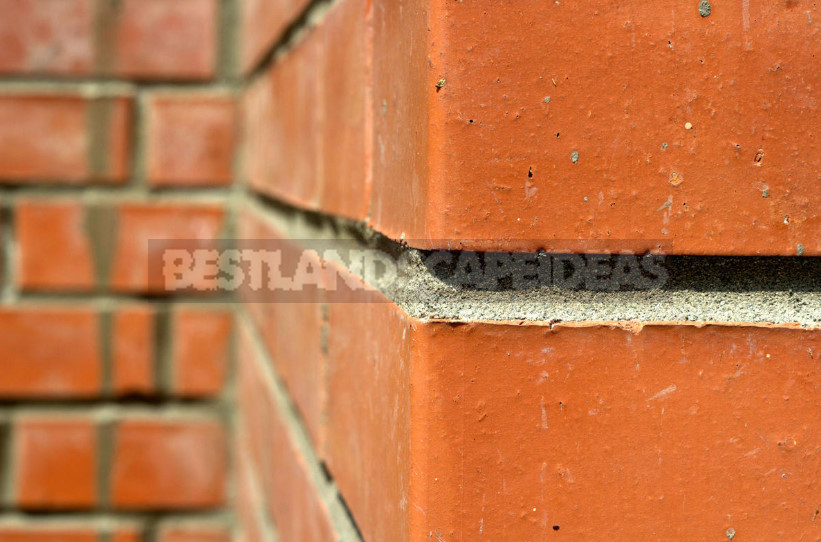
Clay brick as a material for the construction of various structures has been known for more than four thousand years. In fact, this is the first product made specifically for the construction of residential buildings.
The first bricks — raw-were clay bars, which were formed in wooden frames and dried naturally in a hot climate. In Ancient Egypt and Mesopotamia, raw bricks were made from clay silt extracted from a few rivers. To increase the strength and reduce the shrinkage of the material, small pebbles and chopped straw were added to the raw material. The Egyptians were placed in the wall of dried brick on a liquid clay solution, the Assyrians were allowed in the case freshly molded material, which is subsequently glued to the monolith. The strength of raw brick was quite high, because it was used for the construction of impressive in size structures. Often it was combined with a stone or with a burnt brick. By the way, the latter was used not only because of the higher strength, but also because of its inherent durability. Palaces, temples and other places of worship were built of burnt bricks.
“Brick” facts and figures
In the Middle ages, the scope of the material has been expanded — it began to be used as a decorative and expressive means: the masters performed patterned masonry of the formal (shaped) glazed brick.
That brick that is known to us now, began to form in the middle of the XV century.
For the long period of the existence the technique of production of a brick remained almost invariable. Clay was extracted manually and kneaded with feet, molding was also carried out manually. The bricks were dried under a canopy or in open areas, and only in the summer, and was burned in outdoor furnaces-shed, lined with dried raw.
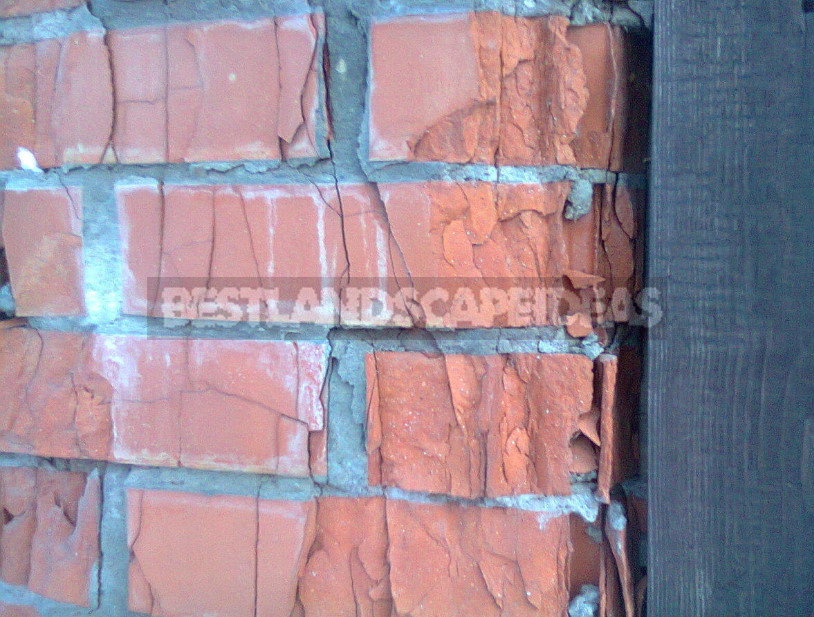
In the mid-nineteenth century, the production still mechanised: for moulding began to use a belt press, for baking ring furnace.
In those same years, the size of the brick stabilize (format, however, with some rounding has been preserved to our days). In the best way to bandaging of seams in a bricklaying (taking into account thickness of seams) the brick with the sizes of 250 x 120 x 65 mm corresponds.
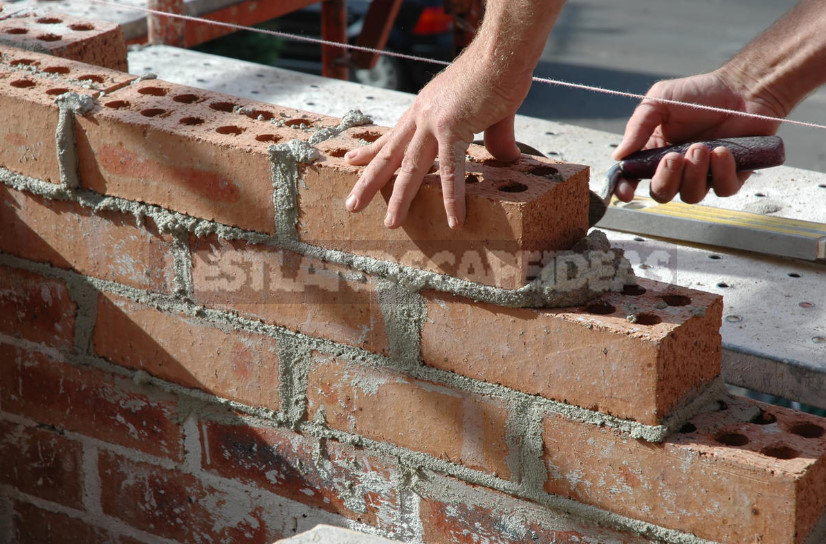
Construction products have a clear separation – for masonry furnaces, walls of houses, basements and basements, vaults, cladding, etc. There is a special type of refractory brick, designed for use in the furnace business.
Brick present and future
The General principle of obtaining baked ceramic bricks-extraction and preparation of clay, preparation of the mixture, molding and, finally, fixing the resulting shape and structure — for a long history of brick has not changed. However, the technical equipment has been seriously improved. Modern brick factories are high-tech, fully mechanized and often robotic production. The process is based on a careful selection of raw materials, strict observance of technological parameters and computer evaluation of product quality.
Distinguish ordinary (construction) and front brick.
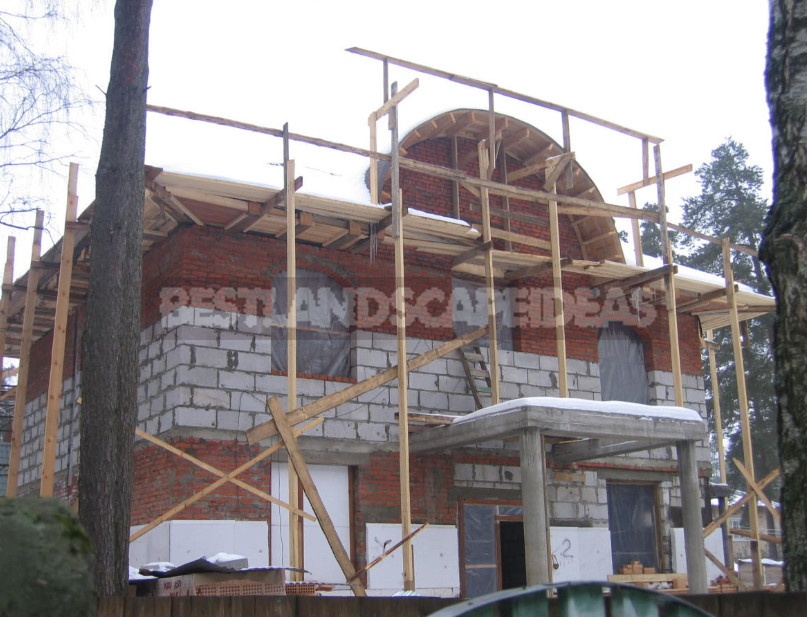
Also produced furnace and road material.
According to the size of ceramic bricks classify as:
- single (250 x 120 x 65 mm),
- thickened (250 x 120 x 88 mm).
The material of a larger format is called ceramic stone. Also, the brick can be solid and hollow.
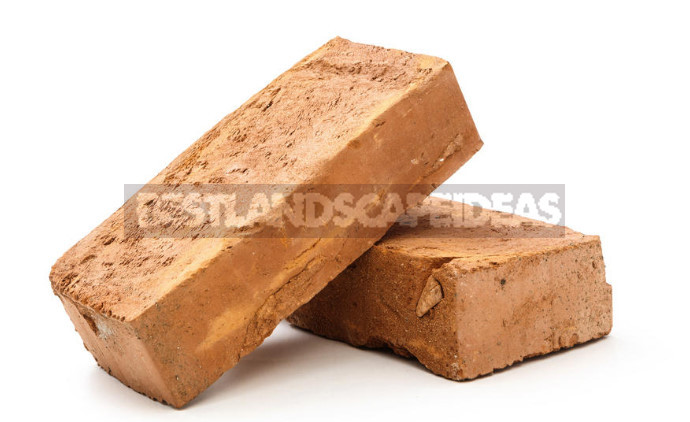
Hollow is much lighter, and therefore creates less load on the Foundation. In addition, it has higher thermal characteristics.

Even better thermal and sound insulation properties of the material with a porous ceramic shard (special firing mode). The small average density of the bricks allows you to produce larger products, and even large stones, the size of which is 10-15 times more than a single material.

The total area of horizontal mortar joints is smaller, the presence of ridges and grooves on the side faces of such stones excludes vertical seams. It turns out that the number of cold bridges is significantly reduced.
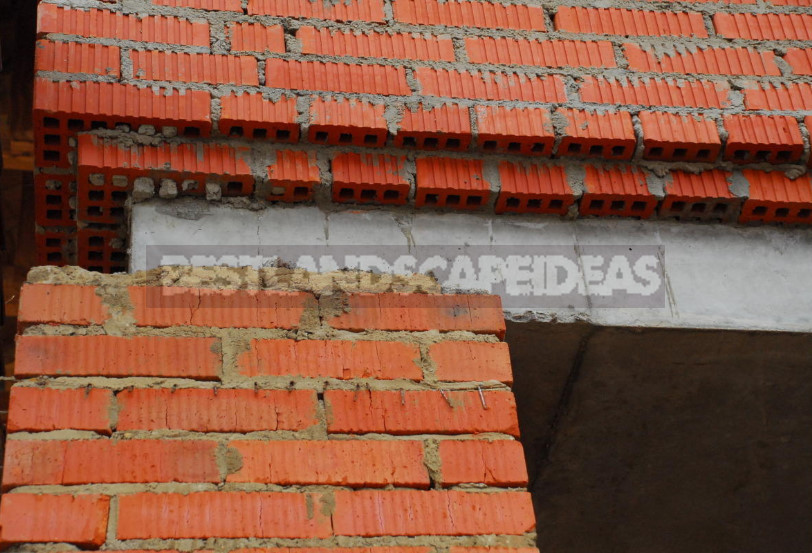
The main consumer qualities of the burned brick-durability and frost resistance. The strength indicator is the brand. For example, the brand M100 means that the material can withstand a load of 100 kg/cm2 (this is enough for the construction of two-, three-storey cottage). Most often on sale you can find bricks M100, 125, 150 and 175.
Frost resistance-an indirect indicator of the durability of the material: the higher it is, the longer the life of the brick. Brands for frost resistance-F15, F25, F35 and F50.
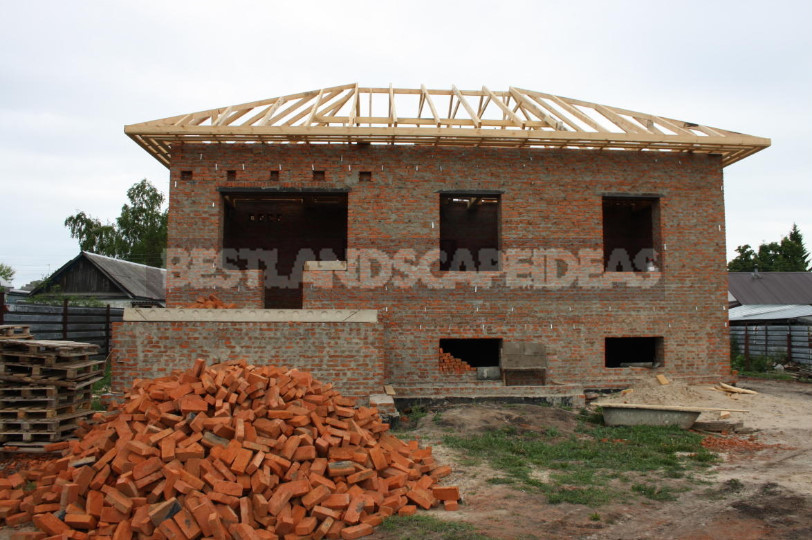
For example, if inexperienced in the construction of a summer resident when buying impose more durable (and expensive) brick – say, brand M150 – while praising its strength compared to M100, you should not succumb to these sweet persuasion. For the construction of an array of walls 1-2 storey cottage brick strength M100 enough for the eyes, and it is not necessary to overpay for unnecessary strength of the material.
It would be strange if the emergence of new technologies is not reflected in the brick business. Along with ordinary ordinary bricks, ceramic large-size porous stones appeared. The largest of them-15NF-has a thickness of 51 cm.
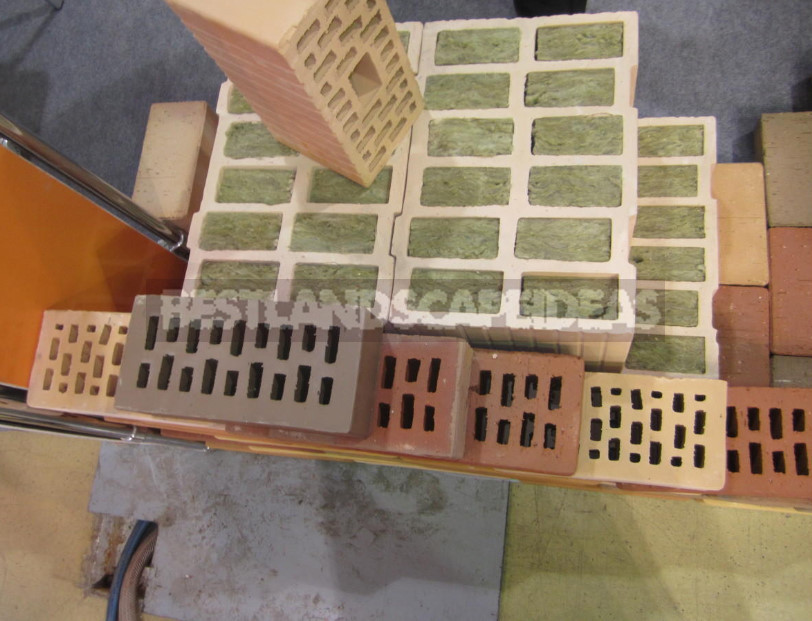
It allows you to build the outer walls of the house without any insulation. At the same time, the buildings fully meet modern requirements for thermal protection.
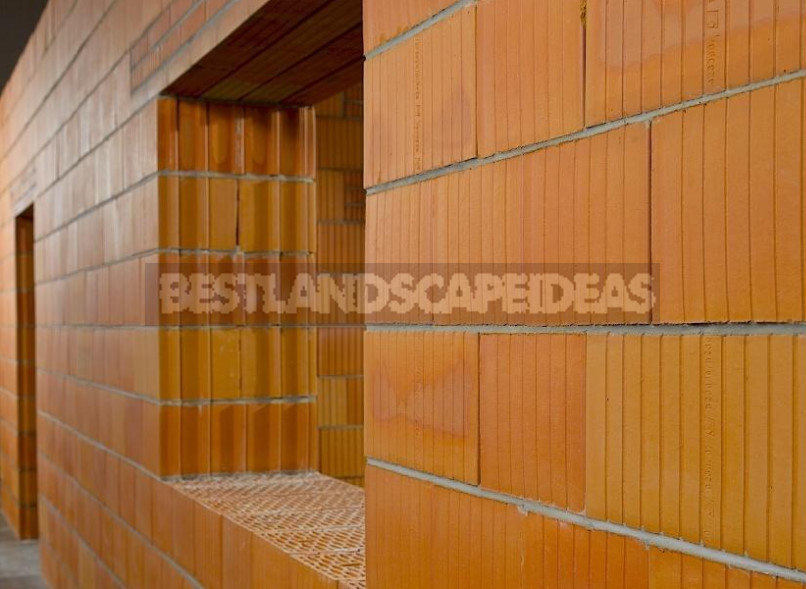
For example, the thermal conductivity of the porous stone 15NF (510 x 253 x 219 mm), which replaces 15 single bricks, is only 0.18 W/m·°C. complement the assortment line of additional stones (380 x 253 x 219 mm, 389 x 253 x 219 mm). That is, taking advantage of such ceramic products it is possible to save thoroughly, consciously refusing to purchase expensive thermal insulation.

In recent years, there has been a welcome trend towards improving the appearance of buildings. The result-the appearance of facing bricks of different sizes, shapes, colors and textures.

On sale you can find even materials made by the old technology of manual molding, as well as simulating manual production.
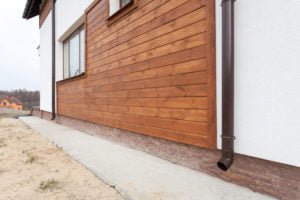
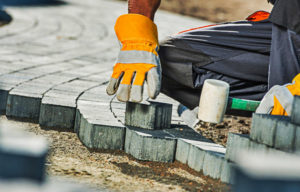
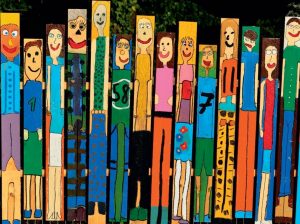

Leave a Reply